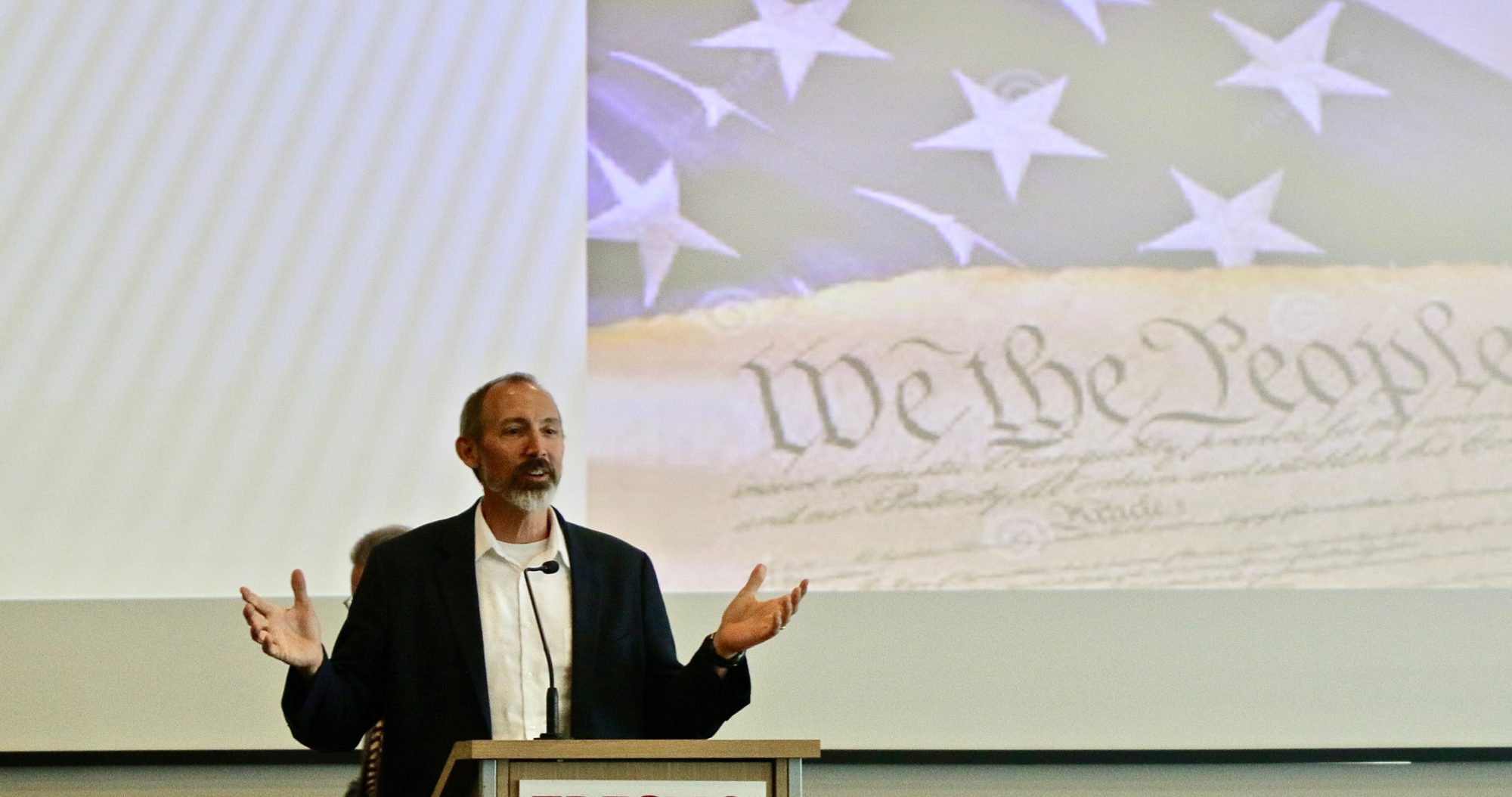Can the Declaration of Independence be reduced to a Thomas Jefferson smiley face?
Fresno Bee, June 30, 2017
A recent Harris Poll indicates that people prefer to communicate through images rather than with words. Young people in particular seem to think GIFs and emojis are more useful than words for expressing emotions. We are entering a new chapter in the evolution of literacy.
Words seem quaint, old-fashioned, and boring. We send pictures or exchange videos instead of writing letters. Twitter is changing spelling, punctuation and attention span. People don’t read long emails. And most people would rather watch the movie than read the book.
 One wonders whether the emoji generation would have the skill or patience to read something as verbose as the Declaration of Independence. It is over 1,300 words long and includes some pretty big words: unalienable, tyranny, perfidy, magnanimity and consanguinity.
One wonders whether the emoji generation would have the skill or patience to read something as verbose as the Declaration of Independence. It is over 1,300 words long and includes some pretty big words: unalienable, tyranny, perfidy, magnanimity and consanguinity.
Consider the following fateful phrase calling for revolution: “But when a long train of abuses and usurpations, pursuing invariably the same object evinces a design to reduce them under absolute despotism, it is their right, it is their duty, to throw off such government.”
ONE WONDERS WHETHER THE EMOJI GENERATION
WOULD HAVE THE SKILL OR PATIENCE TO READ SOMETHING AS VERBOSE AS
THE DECLARATION OF INDEPENDENCE.
That sentence is too long for a tweet. Could such an idea be expressed in emojis? Maybe we could use a mean face followed by a thumbs-down.
Electronic communication is changing our vocabulary, our syntax – and our thinking. Our thoughts are determined by our vocabulary and by the complexity of our propositions. A limited lexicon constrains thinking. A primitive grammar only permits primitive thought.
It is true that a quick exchange of pictures can often suffice. If you like something, post a thumbs-up. If you don’t, send a frowning face. You need not explain or think further—or agonize about using just the right word. Click, post and move on.
Writing and reading are laborious and slow. So too is speaking and conversation. But we crave speed. Literate people can read faster than they can listen to something read. And online readers skim faster than those who read in print.
There is even a technological fix for the slow pace of the spoken word. College kids listen to the news and online lectures played back at fast speeds. Perhaps they dream of a conversation app that would speed up interactions with boring people. Or how about a widget for wisdom?
We seem to think that communication is simply about file transfer. Our computers provide a model. We dream of faster downloads. We imagine thinking as data processing. And picture intelligence as processing speed.
PICTURES SHOW US THINGS.
BUT THEY DON’T TELL US WHAT THOSE THINGS MEAN
But speed is no substitute for depth. The pace of human thought is fixed by neurobiology and by deeply rooted social convention. The human mind can only absorb information at a limited rate. Conversation is a tedious dance involving layers of social interaction that are continuously rehearsed, repeated and revised.
We are not simply data processing units waiting to receive the latest file transfer. We are human beings who seek out meaning. And meaning is more than information. Thinking is more than data processing. Communication is more than a quick download.
Deep thoughts and emotions percolate slowly. A conversation is often less about the information exchanged than about the process of building relationships. Wisdom cannot be downloaded directly into our wetware. It must be earned by dwelling on things and mulling them over.
And here is where words are better than images. Words open the door to abstraction, rumination and deliberation. The time span of a sentence – or a book – allows us to reflect, connect and make meaning.
Consider this sentence—also too long for Twitter: “We hold these truths to be self-evident, that all men are created equal, that they are endowed by their Creator with certain unalienable rights, that among these are life, liberty and the pursuit of happiness.”
Those words provoke and inspire. They require concentration and focus. Their meaning resonates and leaves us wondering.
Pictures show us things. But they don’t tell us what those things mean. A picture may convey a passing feeling, provoking tears or laughter. But an image cannot explain the rationale for a political revolution or help us make sense of who we are and what we stand for. For that we need words and sentences, literature, poetry, and philosophy.
http://www.fresnobee.com/living/liv-columns-blogs/andrew-fiala/article158928284.html

